WIMBLEDON
Kevin Anderson: game, set and South Africa on the map
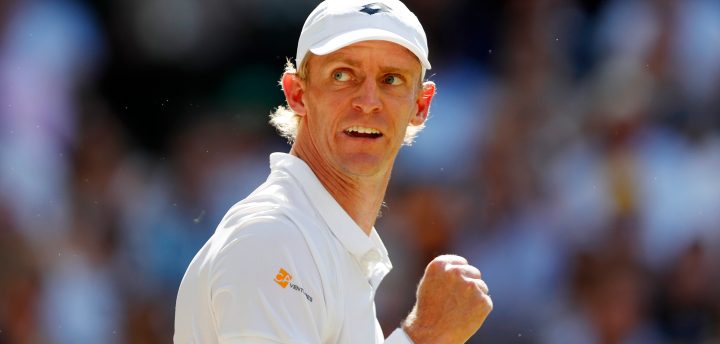
Kevin Anderson might not have won the Wimbledon title, but his performances over the last 18 months have done a great job at raising the profile of the sport.
Before Kevin Anderson made the US Open final in 2017, most passive sports fans in South Africa probably hadn’t even heard of him. He’d won just a handful of ATP World Tour titles, lived on the other side of the world and hadn’t represented his country in the Davis Cup for years.
But that game slowly changed things. Anyone who hadn’t known of his existence has now.
This year, after dumping the great Roger Federer out of Wimbledon before clinging on for dear life in a semi-final marathon against John Isner, Anderson’s profile in South Africa arrived at its peak.
Few would have really believed that Anderson would overcome Novak Djokovic in the final, but he tried. The Serbian won relatively easily: 6-2, 6-2 and 7-6 (7/3).
At the end of it all, the knackered South African mustered a wry smile and a few words of thanks for the support, adding:
“Maybe in a few years somebody back home will be standing here and saying they remember seeing me play.”
Tennis in South Africa can hardly be considered a thriving sport. While the wheelchair version has a rising profile, South Africa’s tennis players haven’t exactly set the circuit alight since the heydays of Wayne Ferreira and Amanda Coetzer.
But tennis is a strange sport. Like golf, it requires immense individual dedication and investment to reach the top and, with South Africa being at the backhand of the world, competing is expensive.
Some countries produce brilliant individuals who dominate, but it’s hardly like swimming, athletics or even rugby where a flood of talent often seems concentrated in a certain geographical location.
That might be because tennis has always, in part at least, been considered an exclusive sport, reserved for those who can afford private coaching at academies and the pricey club membership that come with it.
But there are exceptions to that rule. While Anderson has enjoyed some of these benefits, it’s how it all began that is most telling.
Like so many kids growing up, the giant’s interest in hitting things around started with the familiar contraption of Swingball.
Spurred on by his equally competitive brother, Greg, and a father with a keen interest in the sport, Anderson’s story is familiar. Kid shows aptitude, parent has an interest, parent supports kid and motivates him, or her, to continue.
In the Anderson household this meant father, Michael, building a wall for his two sons to hit balls against for hours on end and his mother, Barbara, often having to peel her children off the court where they were practicing. Or she’d wake up early to drive the kids to gym for active recovery through swimming or running.
Michael was a student of the game, self-taught by VHS tapes and the book Total Tennis Training by Chuck Kriese, which was held together with sticky tape by the time Kevin got hold of it.
Like other successful players spurred on by their parents, the two would spend three to four hours a day practicing when they could, the first hour dedicated only to technique and footwork. And when there was a mirror around, Kevin would stand in front of it to perfect his swing.
While going to school at St Stithians in Johannesburg gave Anderson the advantage of good facilities and coaching, he didn’t really need it.
Neville Godwin, his coach during that time, said in 2015: “All his basics were so well instilled by his father Mike. I hope I brought to the table a little more of an attacking mindset and the confidence and belief to get forward in the court.”
So dedicated was Anderson to his tennis that he left school in Grade 9, completing his matric through distance learning in order to pursue his sporting dream.
It’s a hard path and a privilege very few South Africans can afford, yet Anderson’s success over the last 18 or so months almost feels like a watershed moment for the sport in this country.
Beyond the game, tennis presents opportunities. Anderson himself was the beneficiary of a college scholarship from the University of Illinois, where he was coached by fellow South African, Craig Tiley.
So dedicated was Anderson to perfecting his game that once, when he was part of the Davis Cup squad, he insisted the car turned back after training so he could work on his serve for another 45 minutes.
It has taken years for that dedication to pay dividends, but plans are afoot within Tennis South Africa to ensure that the country doesn’t have to wait another 97 years before a South African makes it to the men’s singles final at Wimbledon, unless you count Kevin Curren, who switched allegiance to the USA before reaching the 1985 showpiece. But that’s a discussion for another day.
The governing body is under no illusions about the challenges it faces. In 2016, Tennis SA CEO, Richard Glover, told eNCA that the perception that tennis is a “white elitist sport” is “fair”. But in the same breath, their research shows that the largest demographic interested in the sport is young, female and black – something put down to the success of the Williams sisters.
Knowing that the interest is there, fostering that talent is the next step. Community, provincial, private and charitable structures play a big part in helping players rise through the ranks. But Glover, only appointed to the job two years ago, is making inroads to help turn things around.
He has worked with both Arsenal Football Club in London and Cricket South Africa – and has been integral in securing sponsorship for the federation’s development plans including Growthpoint Properties, who are backing five centres around the country.
Over the course of 2018, these centres have started to roll out. Three have already opened: in Cape Town, Soweto and most recently in Atteridgeville, with two more to follow.
When he was appointed, Glover listed transformation as a top priority, saying: “TSA must embrace transformation at all levels, it is critical for the sport both from a moral and sustainability perspective.”
He added that the demographic of tennis fans is “incredibly exciting” and something that should be leveraged.
But that will take time. For now, Anderson is the poster boy of South African tennis and Glover has not shied away from admitting that the federation has not done enough to support him. When the 32-year old made it to the final of the US Open in 2017, Glover said: “We believe that Kevin’s heroics in New York will inspire a generation of young South Africans from all communities to play tennis.
“Personally, I do not think Kevin has received the credit he deserves in South Africa. He is a great ambassador for our sport – he is an intelligent and thoughtful man, a person of class, quality and character, who cares about the country of his birth.”
He also dismissed the notion that Anderson’s reluctance to play in the Davis Cup is unpatriotic.
“I think these attributes have shone through in both his on-court interview, as well as the press conference, that took place immediately after the final,” Glover said.
“Kevin’s performances have also placed tennis in South Africa in the spotlight, in a way we haven’t experienced in many years.”
Anderson has the highest profile, but he’s not alone in edging the country back on to the tennis map. Raven Klaasen, South Africa’s number two, also made it to the men’s doubles final at this year’s Wimbledon. It might take years before South Africans are ruling the circuit but thanks to Anderson and Klaasen, the country is game, set and on the map. DM






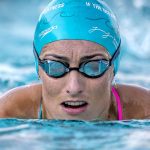
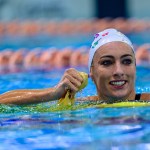
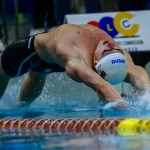
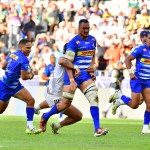








 Become an Insider
Become an Insider